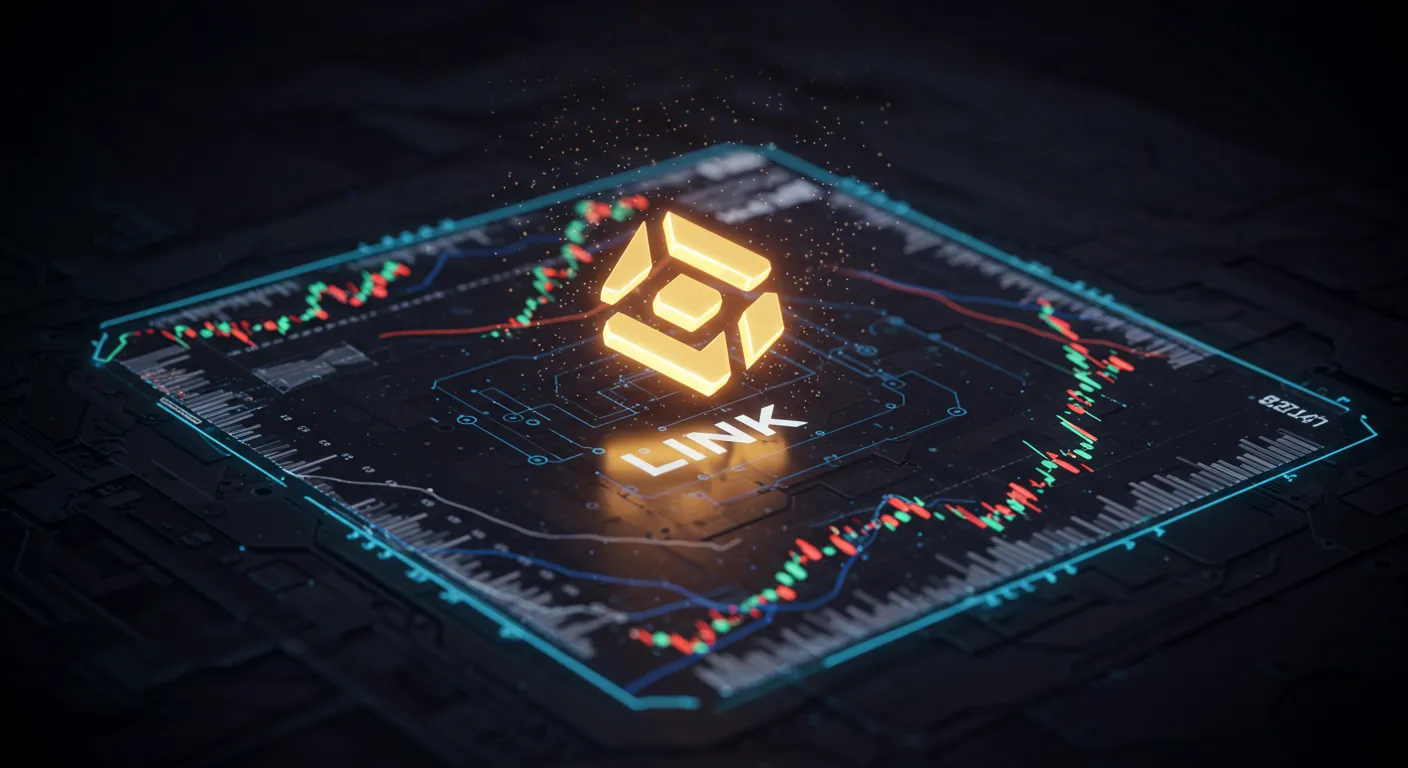Chainlink’s CCIP Revolution: Creating a True Multi-Chain Economy
Imagine the blockchain world as a vast archipelago a cluster of powerful, sovereign islands. Each island, representing a blockchain like Ethereum, Solana, or Avalanche, holds its own unique assets and community. For years, the inability to communicate and exchange value seamlessly between these islands has been the single greatest bottleneck to realizing the full potential of the decentralized finance (DeFi) ecosystem. This fragmentation a landscape of siloed liquidity and fractured user bases is precisely the problem that Chainlink’s Cross-Chain Interoperability Protocol (CCIP) has been designed to solve. CCIP is not merely a 'bridge'; it is a foundational, secure global messaging and value transfer network, poised to connect every blockchain with an unprecedented standard of security and reliability. This is the infrastructure that moves the crypto space from a multi-chain environment of isolated systems to a truly unified multi-chain economy.
The Foundational Shift: What CCIP Delivers
Chainlink has always been the industry standard for secure data feeds, acting as the critical middleware that connects smart contracts to real-world data. CCIP elevates this role dramatically. It introduces an open, universal standard for inter-blockchain communication, enabling smart contracts to securely transmit arbitrary data, tokens, and complex instructions between any two blockchain networks. Often referred to as the 'TCP/IP for blockchains,' CCIP allows a dApp on a network like Polygon to interact with a protocol on Ethereum, or a gaming platform on Solana, all within a single, atomic cross-chain transaction, and with the highest cryptographic security guarantees. This capability fundamentally resolves the issue of fragmented liquidity, allowing capital to flow freely across the ecosystem and be utilized where it is needed most.
The core of CCIP's revolutionary design is its defense-in-depth security architecture. Unlike countless traditional bridges that have fallen victim to single points of failure, resulting in billions of dollars in losses, CCIP utilizes multiple layers of security. It is powered by the same battle-tested Chainlink Decentralized Oracle Networks (DONs) that currently secure tens of billions in Total Value Locked (TVL) across DeFi. Crucially, CCIP incorporates a separate, independent Risk Management Network. This network acts as a safeguard, continuously monitoring all cross-chain traffic for malicious activity, transaction anomalies, and protocol errors. If any risk parameters are breached, the Risk Management Network can automatically trigger an Emergency Shutdown Mechanism to halt a service and protect user funds. This rigorous, multi-faceted security structure is what positions CCIP as the most trusted infrastructure for not only Web3 protocols but also for the institutional capital of traditional finance (TradFi).
Unlocking Trillions: Institutional Adoption and Real-World Assets
The implications of CCIP extend far beyond the native crypto sphere. The adoption of CCIP by global financial behemoths like SWIFT, the cornerstone of the world's financial messaging system, validates its role as a global standard. SWIFT, in collaboration with numerous leading financial institutions, has successfully used CCIP to demonstrate how tokenized real-world assets (RWAs) can be securely and efficiently transferred between private bank chains and public blockchain networks. This proves that CCIP is not just a solution for DeFi but the long-term, scalable architecture for tokenizing and moving trillions of dollars in real-world value from equities and bonds to real estate onto the blockchain.
One of CCIP's most powerful features is Programmable Token Transfers. This functionality moves beyond simple token wrapping and transferring. It allows developers to bundle a token transfer with a set of specific instructions for the receiving smart contract on the destination chain. For instance, a user can send a stablecoin from Ethereum to Avalanche, and the transaction is atomically programmed to instantly deposit that token into a specific lending pool, or to execute a payment upon meeting certain on-chain conditions. This ability to execute complex, multi-step cross-chain workflows in a single, guaranteed step is the foundation for creating advanced, cross-chain native dApps that harness the unique capabilities and liquidity of multiple networks simultaneously. Developers can now focus on building complex applications, knowing that CCIP handles the security and reliability of the underlying connectivity.
Strategy and The Path to Adoption
For investors and builders, monitoring the trajectory of CCIP adoption is paramount. The growth of the CCIP network is directly linked to the utility and value of the LINK token, as LINK is the native fuel used to pay for cross-chain transaction fees. As more and more DeFi protocols, institutional partners, and tokenized RWA projects utilize CCIP as their fundamental interoperability layer, the demand for LINK as the network's gas token will naturally increase. This creates a powerful, self-reinforcing economic mechanism that underscores CCIP's strategic importance in the blockchain ecosystem.
To track this revolution, one should closely follow Chainlink’s Block Explorers and public dashboards that report CCIP transaction volume, the total value secured, and the number of protocols integrating the standard. A sustained increase in these metrics signals growing network effects and cements Chainlink’s status as the definitive standard for cross-chain value transfer. Furthermore, monitoring key announcements, particularly around RWA tokenization partnerships and integrations with major Layer 1 and Layer 2 ecosystems (like the adoption by Aave for its GHO stablecoin), provides strong signals of bullish momentum for the LINK token. The CCIP is not just a product; it’s the realization of Web3’s unified vision, transforming a fragmented collection of chains into a single, cohesive, and hyper-connected global economy.

